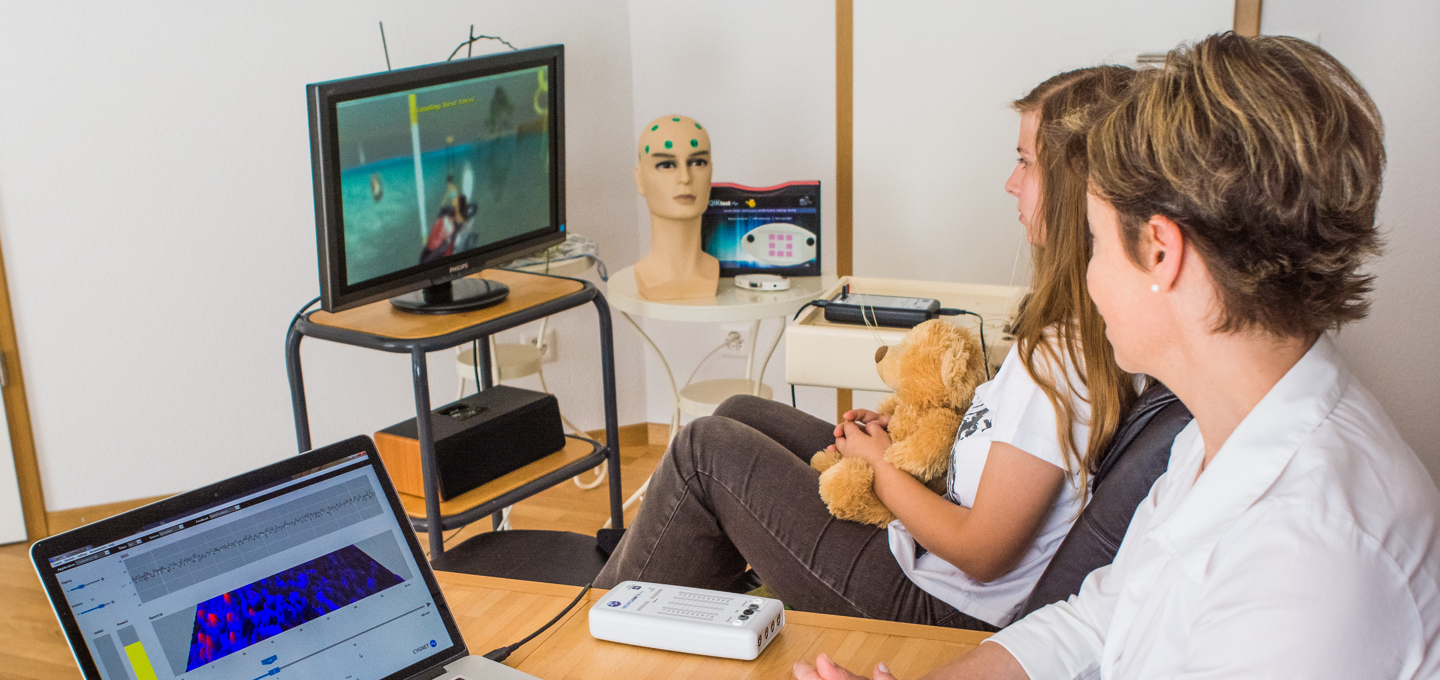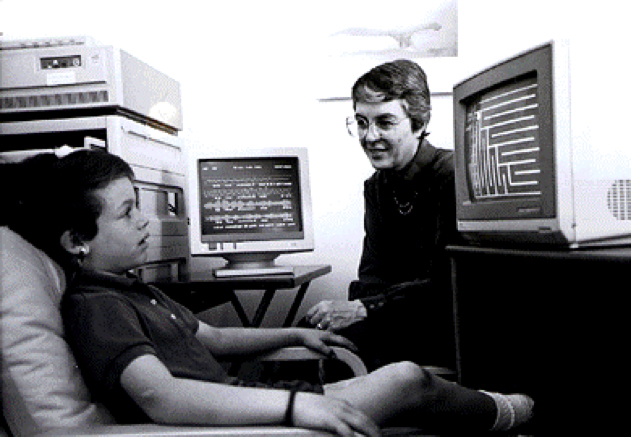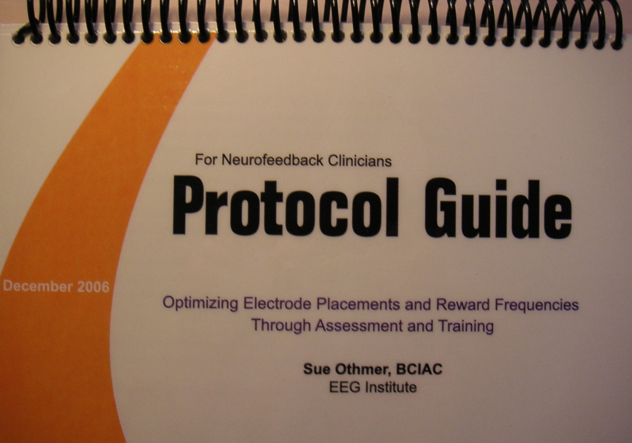
Revolutionary
Patient Care
Your reliable partner in neurofeedback
1972

Publication of Barry Sterman's work on the successful treatment of epilepsy using neurofeedback.
1985
First clinical and scientific examination by Sue and Siegfried Othmer of Barry Sterman's SMR Beta Protocols and at that time still analogue Neurofeedback system. Impressed by the positive effects in the treatment of epilepsy and the behavioural problems of one of their sons, both soon set themselves the goal of making Neurofeedback accessible to more people and developing a modern, computer-based Neurofeedback system.
1988
Sue and Siegfried Othmer found the company EEG Spectrum in California with the focus on developing Neurofeedback software for clinical applications. Initially, the focus was on further optimization of the SMR Beta Neurofeedback protocols.
1990er Jahre


First Neurofeedback course for professionals 1990 in San Francisco continues to focus on SMR Beta Neurofeedback.
The 1990s are also marked by the desire to continually improve the effectiveness of Neurofeedback:
- targeted research into the reward frequency of SMR and beta and sorting of symptoms according to high and low excitation categories
- First investigations with different electrode positions and focus on bipolar Neurofeedback
- Discovery of the relationship between placement and preferred reward frequency and development of the concept of hemispheric balance
- Further optimization of the C3- beta/C4-SMR treatment protocol, in the application of which several thousand users have now been trained
- Beginning of the development of effective alpha-theta protocols, especially in the treatment of trauma and PTSD
These further developments, especially the parameters of the SMR-Beta protocol, were trend-setting for the whole spectrum of today's Neurofeedback methods - also for theta-beta training - and are mainly due to the work of Sue and Siegfried Othmer.
The theoretical investigations and the empirical clinical work also confirm the considerations on training networks by means of coherence or connectivity training, which was implemented and investigated by means of bipolar derivations.
1998
Until the end of the 1990s increasing individualisation of training frequencies and systematic development of further treatment protocols. This quickly led to greater effectiveness of Neurofeedback and expansion of the clinical spectrum of its application.
Furthermore, interhemispheric placements in neurofeedback training and increasingly low training frequencies were systematically investigated.
2001
Viewing the brain as a self-organizing dynamic system allows for the first time a more plausible explanation of the clinically observed effects of Neurofeedback.
2003
Kurt Othmer founds EEG Info, Inc. in the USA to further develop the strategy founded with EEG Spectrum as well as the EEG Institute as a platform for the clinical empirical investigation of protocols on a larger scale.
2004
In Switzerland, BEE Systems takes over the responsibility for the development, approval and production of devices and software from Dr.-Ing. Bernhard Wandernoth. The further development and optimization of the neurofeedback protocols will thus take place in even shorter innovation cycles.
2006

The protocol guide is published in its 1st edition. The NeuroAmp® EEG amplifier and Cygnet® Neurofeedback software are approved as medical devices in the USA and Europe to establish Neurofeedback more and more in the medical community
First clinical indications of the advantageous use of slow cortical potentials and start of further investigations in this regard.
2007

First software and protocol release with slow cortical potentials, and start of ILF (infra low frequency) neurofeedback. Parallel to this
Alpha-Theta Protocols included in the standard repertoire and teaching.
2008
The brand EEG Info Europe is being launched to offer courses in more and more European countries in the local language.
The 2nd edition of the protocol guide is now also published in German, Spanish and French.
2011
Courses all over Europe and several national languages.
First indication-specific courses take place in Germany.
2015
Alpha- and Gamma Synchrony Training achieve practical applicability and are integrated into the course offerings. The protocol guide is published in the 5th edition.
2016
Neurofeedback mit Virtueller Realität.
2018
Synchronic training in the ILF area.
2019
The protocol guide is published in the 7th edition.
2020
The course and certification concept continues to develop. Courses are now offered in 15 countries. The treatment protocols taught in the courses under the EEG Info Europa brand are the result of well over one hundred thousand neurofeedback sessions of empirical optimization.
